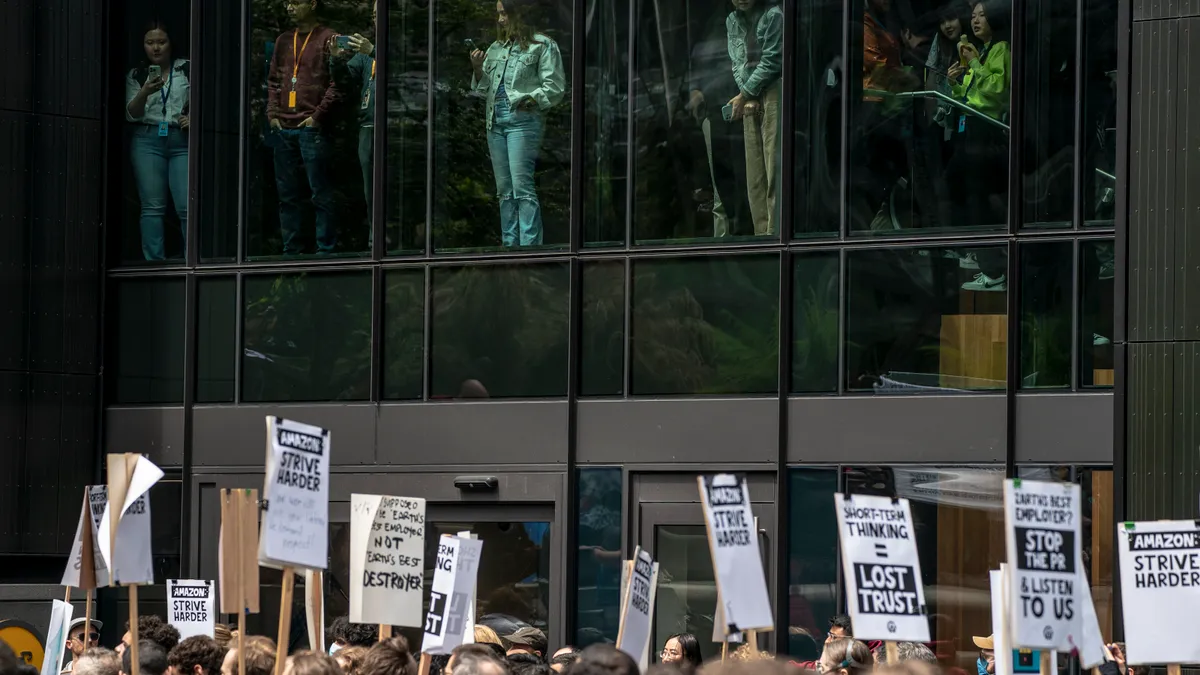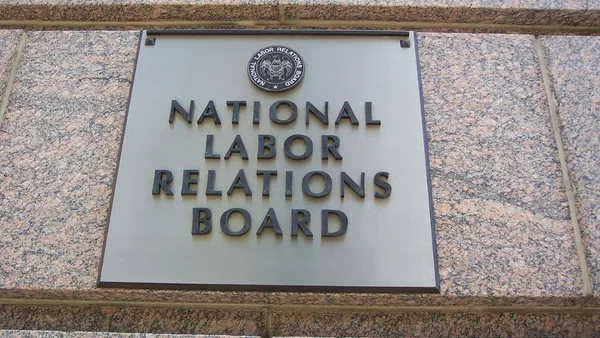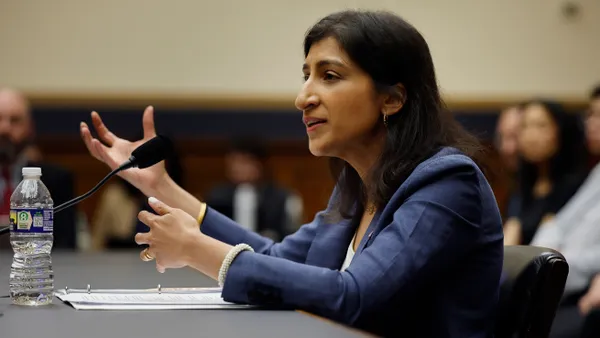Dive Brief:
- Starbucks' upcoming nationwide training on May 29 that will temporarily shutter all of its 8,000 stores will address racial bias and the history of public accommodations in the U.S., the company announced. Starbucks officials said the training is the first step toward its long-term goal of developing a culture of diversity, equity and inclusion.
- A tool kit will be distributed to every store, where staff will learn in small, self-managed groups. Future sessions will focus on various forms of bias and experiences. The corporate office said it designed a training curriculum and invested in technology for all stores to make the training meaningful for employees.
- Starbucks enlisted the advice and counsel of social scientists, researchers and other experts in designing the training curriculum, including Demos President Heather McGhee; Bryan Stevenson, founder and executive director of the Equal Justice Initiative; and Sherrilyn Ifill, president and director-counsel of the NAACP Legal Defense and Education Fund. Starbucks said it will share its training curriculum with other organizations.
Dive Insight:
By arranging company-wide training on diversity and inclusion (D&I), Starbucks aimed to send a strong message — both public and internal — that it is committed to building a culture of tolerance. And its decision to eventually share the content could lead to larger dialogues on the issue, especially as employment experts continue to debate whether unconscious bias can actually be eliminated through training.
Some believe D&I training can be successful if the approach first acknowledges that everyone has biases and allows people to examine and work through their own. But if the approach appears to be one of weeding out "bad apples," it could backfire, they say. Some experts suggest that training be voluntary, while others say D&I training should be customer-service focused.
In the employment context, training often is aimed at changing employees' behaviors, the way workplace policies are designed to do, even if it can't change their minds. To continue building and maintaining a culture of D&I, inclusion needs to be at the forefront. Technnology that claims to reduce bias is now available to recruiters and hiring managers, but to truly see change, employers may have to take those ideals to heart through the entire employee lifecycle, not just at the start.










